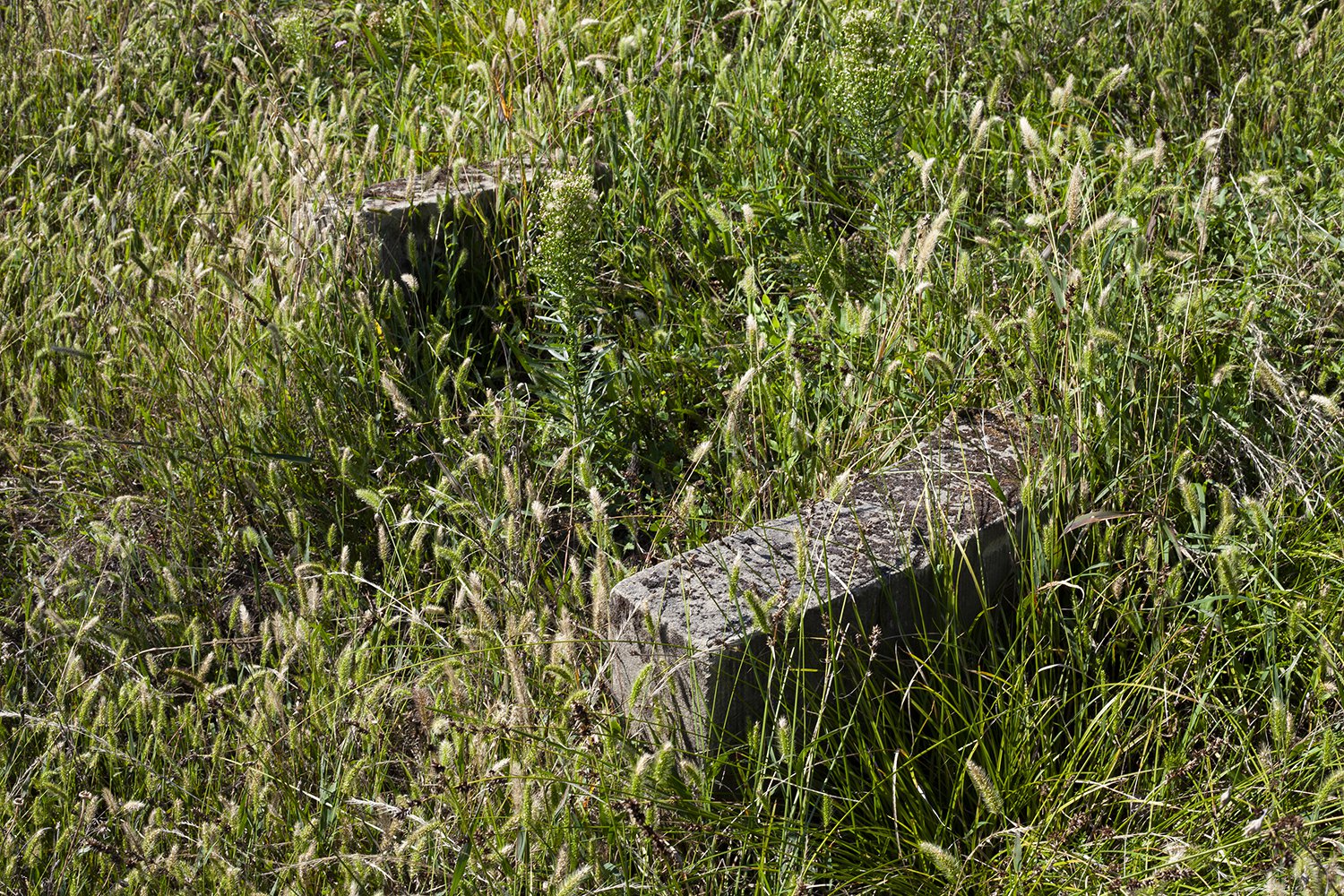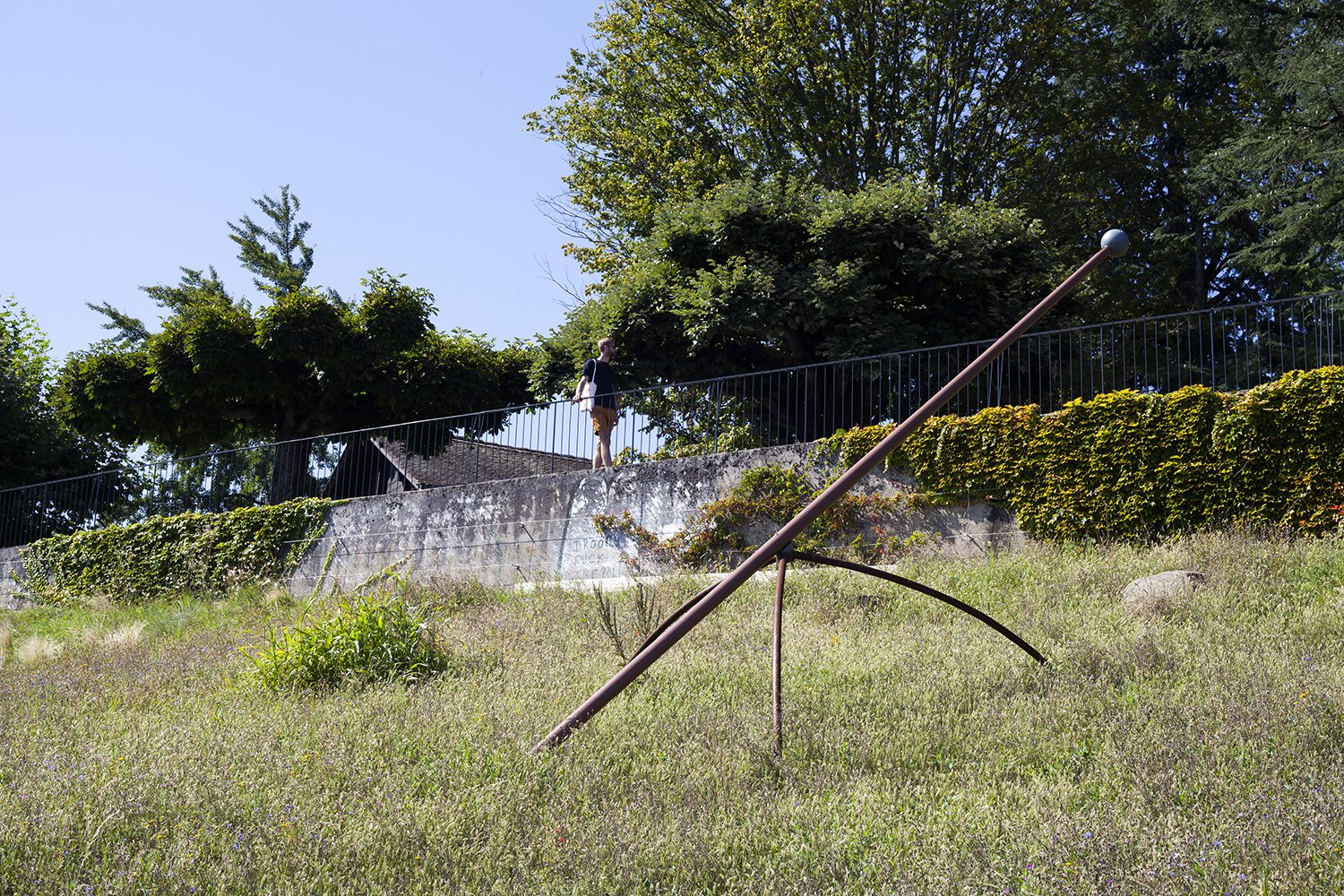To celebrate the mole, the Talpa europea, this small, harmless mammal that is so useful to our soil and yet unfairly castigated and fought off, here is a sundial in a wildflower setting that highlights the main points of the animal’s underground work. Observers will indeed note that the small mounds of earth, or molehills, appear three times a day around 7am, 12am and 5pm — even though Pully’s moles may have their local habits and might show themselves at slightly different times. Thanks to their digging, short-cycle crops (yearly wild flowers which have now disappeared from agricultural areas) emerge. The moles preserve the threatened diversity of farmland.
Throughout the summer (17/6-22/9), the Gilles Clément: Toujours la vie invente exhibition will feature a panoramic vision of the world-renowned gardener’s works and thoughts at the Orangerie du SPADOM. On 27 August, the Cantonal Botanical Museum and Gardens, Archizoom | EPFL, the EPFL Sustainable Campus and Lausanne Jardins 2019 will organise a day-long event with and about Gilles Clément. More information on www.lausannejardins.ch/agenda.
Authors
Gilles Clément, jardinier, paysagiste, botaniste (FR)
Pierre Lavaud, paysagiste (CH)
Elisabeth Regamey, conceptrice de cadrans solaires (CH)
Partners & Implementation
Mayerat (gnomon)
Gavard Varchet (socle)
Pépinières Willaert (plantes)
Ville de Pully (plantation)
Ecosem (graines)
List of Plants and Materials
Stipe géante, Stipa gigantea
Paturin rude, Poa labillardieri
Gaura de Lindheimer, Gaura lindheimeri
Nielle des blés, Agrostemma githago
Nigelle, Nigella sativa
Pavot, Papaver rhoeas
Bleuet, Centaurea cyanus
Molènes, Verbascum floccosus, V. thapsus, V. nigrum
Epurge, Euphorbia lathyris




